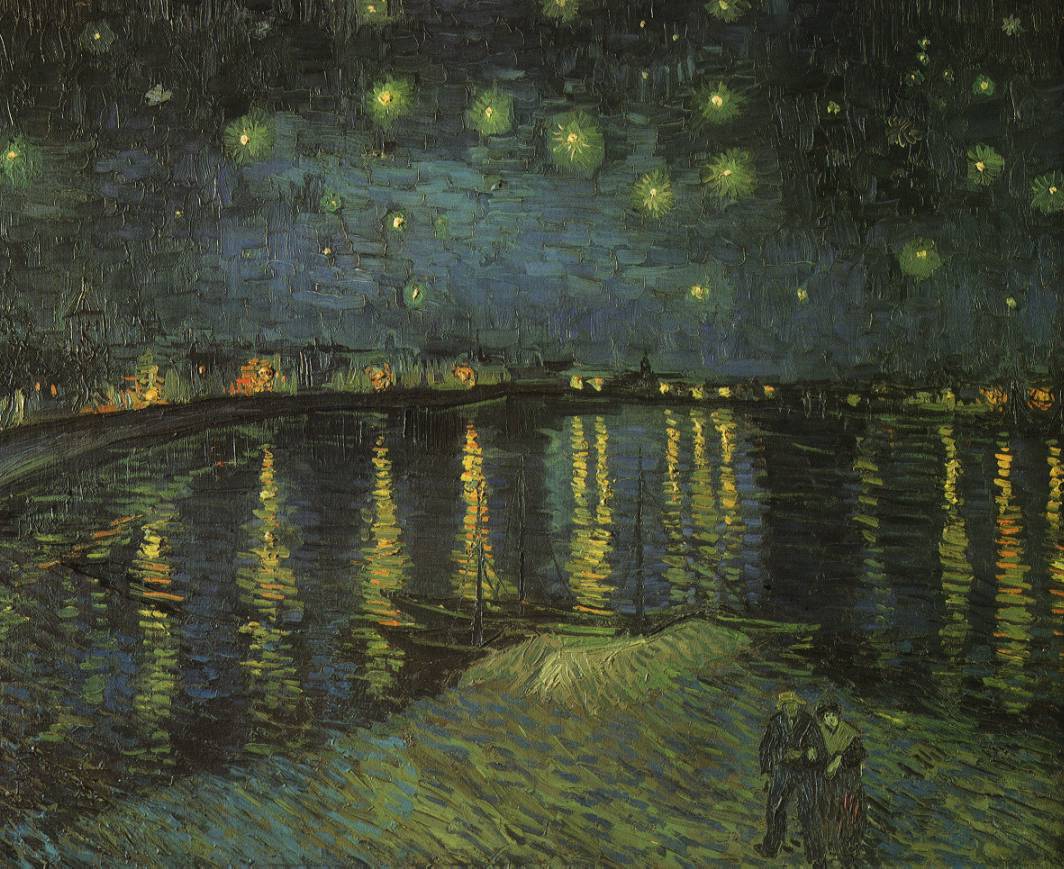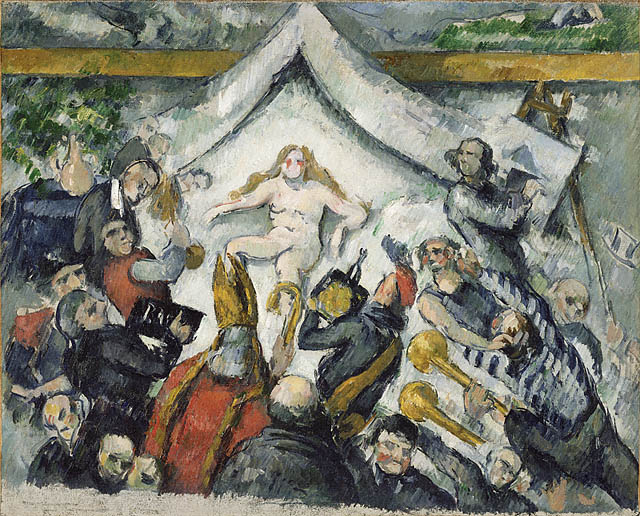Because great changes in economy, government, and industry are so influential on the lives of its participants, they are often accompanied by parallel movements in other fields, such as art and literature. In the latter, the turn of the century witnessed a movement described as Modernism, which encompassed Naturalism and Symbolism. Naturalism dominated literature in the late nineteenth century as many writers accepted the material world and adopted a form of realistic writing. As a continuation of Realism, this development addressed social problems and made an effort to contribute to an accurate, unbiased comprehension of the world. However, Naturalism differed from its predecessor in that it rarely included the optimism towards humanity that was a major aspect of Realism; writers often depicted characters unwillingly and inescapably caught in unfavorable forces. In contrast with the Naturalists’ realistic approach to literature, writers, primarily poets, known as Symbolists believed that an objective reality was impossible and that truth was as the individual perceived it in the mind. This blurred portrayal of reality also trickled into art in a preamble to modern painting. Impressionists painted as the felt as an alternative to painting as they saw, meaning that they attempted to illustrate their individual, emotional realities. Lines and exact replication of form was often disregarded and color, as a substitute, was stressed. Impressionism eventually drifted even further away from realism, giving way to Post-Impressionism, which, although is was more focused on form, maintained an emphasis on light and color while stepping even further out of the boundaries of realism and endeavoring to generate a personal account of reality, an expression of inner feelings, rather than a simple imitation of worldly objects. This belief, a vestige of earlier Impressionism, broke away from its antecedent in that while the former retained a sense of realism, the latter shifted completely towards subjective reality. “Individual consciousness became the source of meaning.” This is strikingly evident in the development of Cubism, the use of geometric designs in the recreation of reality in the viewer’s mind, and Modernism, another departure from visual actuality that rarely offered any account of reality whatsoever, focusing even more intently on color to speak directly through the piece and to the onlooker’s emotional response.
Starry Night Over the Rhone --Van Gogh
Theme of the Last Judgement --Kandinsky
Bust of a Woman With a Hat --Picasso.
The Eternal Feminine --Cezanne. my absolute favorite by this artist. it's much darker in real life.
mardi 6 mars 2007
peinteur